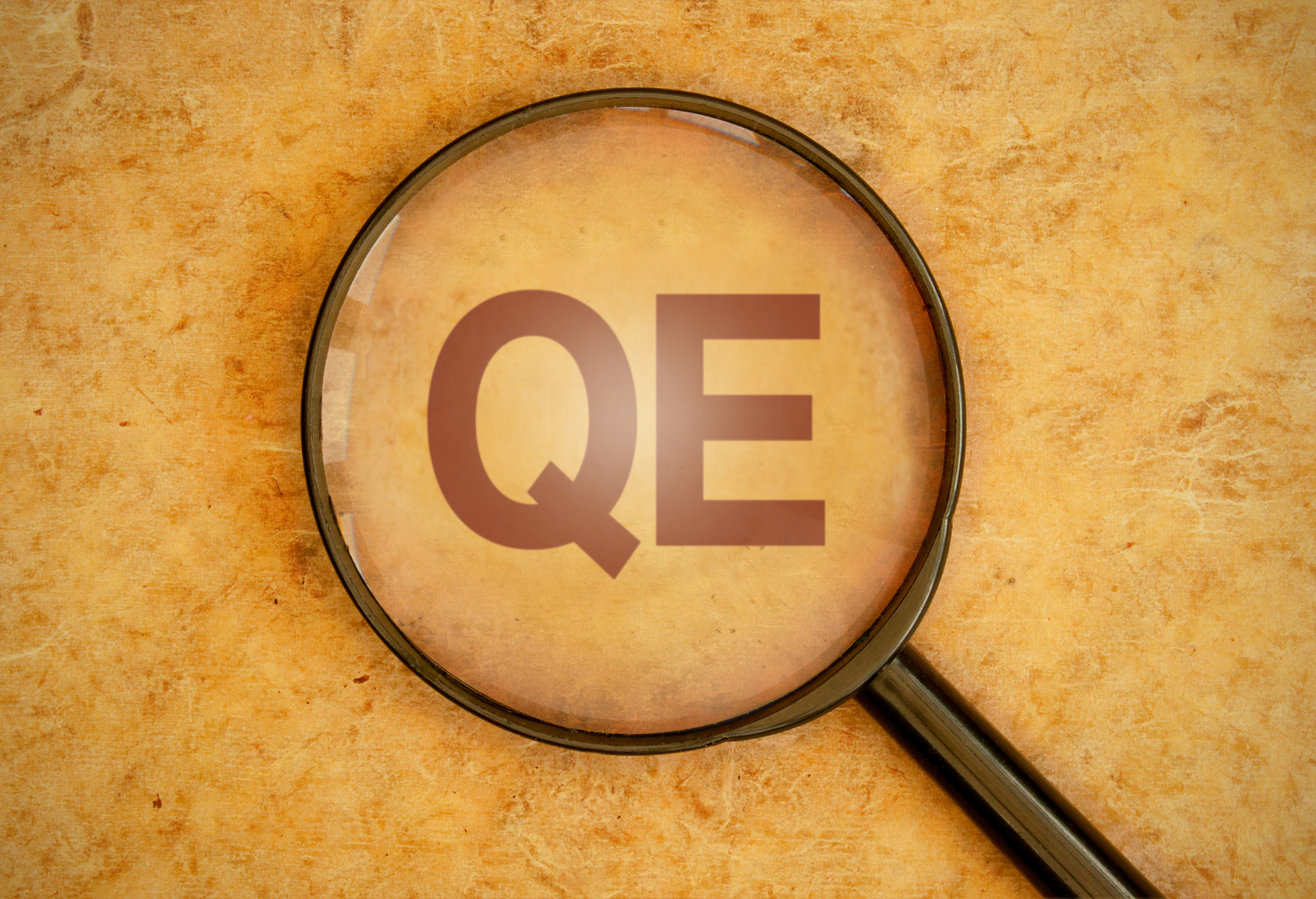
It's been almost two decades since the Federal Reserve, America's central bank, first used quantitative easing (QE), an unconventional monetary policy tool.
As Nancy Davis, portfolio manager of the IVOL ETF and founder of Quadratic Capital, told Fortune in November 2019, "Quantitative easing is an unconventional monetary policy tool used after conventional tools have become ineffective."
Quantitative easing is the deliberate expansion of the central bank's balance sheet. The Fed purchases assets such as government bonds and mortgage-backed securities (MBS) in the open market.
The move, which increases the money supply, is intended to lower longer-term interest rates, stimulating lending and economic activity.
Conventional monetary policy, on the other hand, has more to do with a central bank's policy regarding interest rates.
When it wants to stimulate the economy, it lowers interest rates and raises them to cool economic activity, thereby slowing inflationary pressures.
How does quantitative easing work?
When the Fed buys assets from the banks – government bonds, stocks, etc. – it pays for them by creating excess reserves, a liability on its balance sheet called depository institution deposits.
Only banks and some federal agencies can have deposits with the Fed. The Fed must repay these deposits to the banks on demand with interest.
In times of standard monetary policy, excess reserves are near or at the minimum required or zero.
As of December 31, 2006, before the global financial crisis, depository institution deposits were $18.7 billion. At the end of 2022, they were $2.7 trillion, indicating how much stimulus was added to the Fed's balance sheet due to pandemic-related QE.
Theoretically, the Fed could keep buying assets until there are none left to buy.
Every instance of QE requires differing amounts of asset purchases to provide sufficient liquidity necessary to "unfreeze" the economy.
Quantitative easing in the U.S.
The Fed first initiated QE in November 2008.
The Federal Open Market Committee (FOMC), which is responsible for buying and selling securities in the open market on behalf of the central bank, announced that to slow the recessionary effects of the global financial crisis, the Fed would buy up to $100 billion in direct debt obligations issued by Fannie Mae and Freddie Mac, and $500 billion of agency mortgage-backed securities.
The Fed ultimately carried out three rounds of large-scale asset purchases (LSAPs) to reignite the economy after the Great Recession in November 2008 (QE), August 2010 (QE2), and September 2012 (QE3).
The assets on the Fed's balance sheet increased dramatically from $900 billion in 2008 to $4.5 trillion by 2015.
As a result, the Fed began two years of quantitative tightening (QT) between 2017 and 2019, a process that's the reverse of QE, which lets its Treasury and agency MBS securities mature without reinvesting the proceeds, removing money from the system.
Unfortunately, due to the debilitating effects of the coronavirus pandemic on the U.S. economy, the Fed undertook a new $700-billion round of QE in March 2020 – at least $500 billion in Treasury securities and at least $200 billion agency MBS were bought on the open markets – while simultaneously dropping the effective federal funds rate to 0%.
On November 3, 2021, the central bank announced that it would slow its pace of asset purchases by $15 billion monthly from $120 billion, with a complete end to its QE program by June 2022.
The assets on the Fed's balance sheet hit a record high of nearly $9 trillion by April 2022. In June 2022, it initiated another round of QT to reduce the size of its balance sheet. It has shrunk its assets by $757 billion as of August 14, 2023, to $8.2 trillion.
Although the first use of QE in the U.S. was in 2008, the Japanese central bank (Bank of Japan) implemented its quantitative easing experiment in March 2001 to revive its stagnant economy.
In addition to a zero-interest rate (conventional monetary policy), the Bank of Japan expanded its balance sheet by buying Japanese government bonds.
In the five years, Japan's central bank maintained a QE policy, the country's annual real gross domestic product (GDP) growth rate averaged 1.8%, significantly higher than the 0.8% average between 1995 and 2001.
The success and failure of QE
In a perfect world, quantitative easing stimulates the economy without creating unwanted inflation. In the U.S., the Fed avoided inflation by buying bad debt from the banks, which allowed them to strengthen their balance sheets and start lending again.
It took about 18 months for this process to play out from start to finish, but it is generally considered a successful rescue of the American economy.
Japan's five-year QE program from 2001 to 2006 failed to revive the country's economy, in large part, because the Bank of Japan chose to buy healthy assets such as government bonds rather than poorly performing debt, adding little new money to the economy, and failing to provide banks with a reason to lend to businesses, etc.







